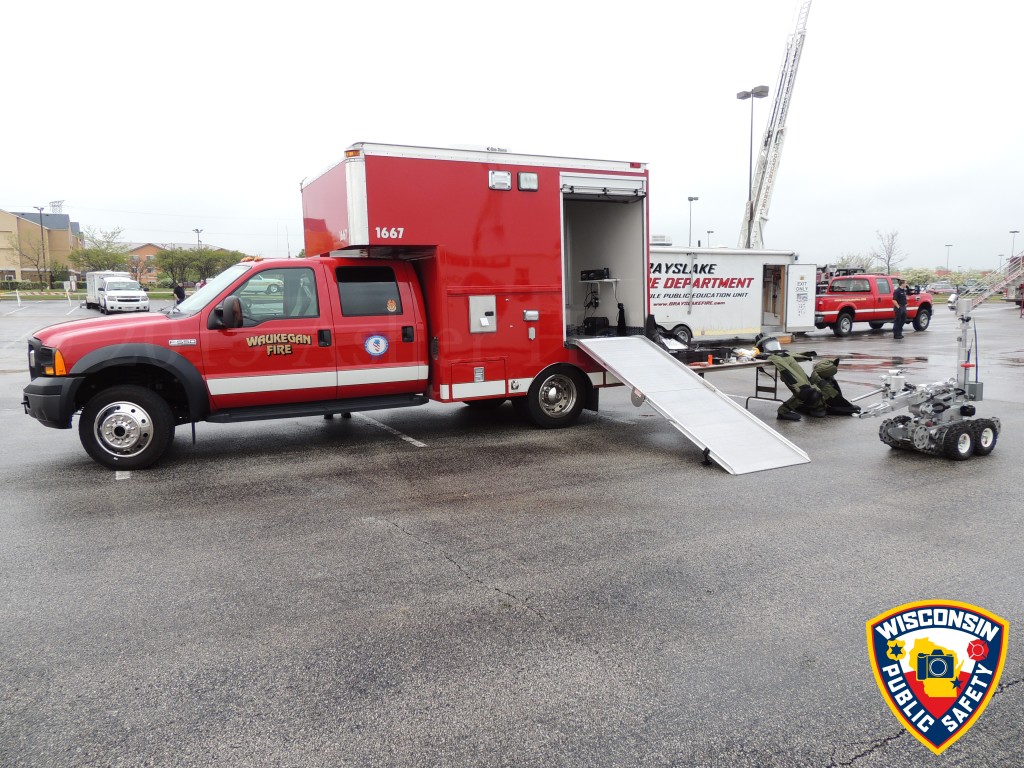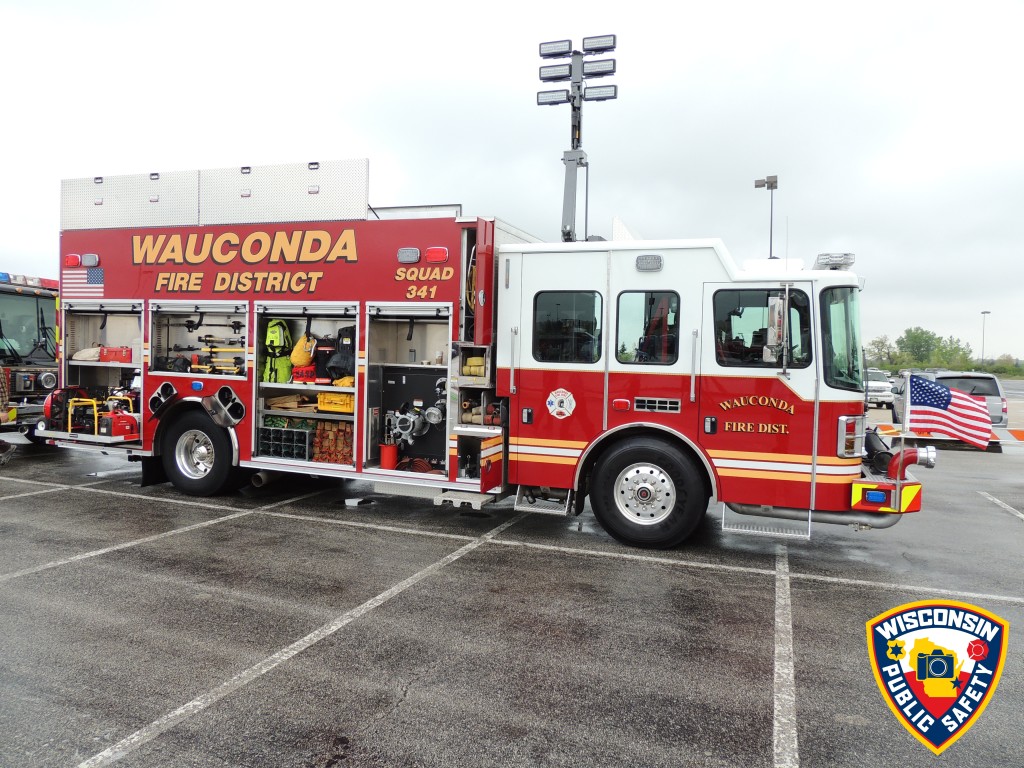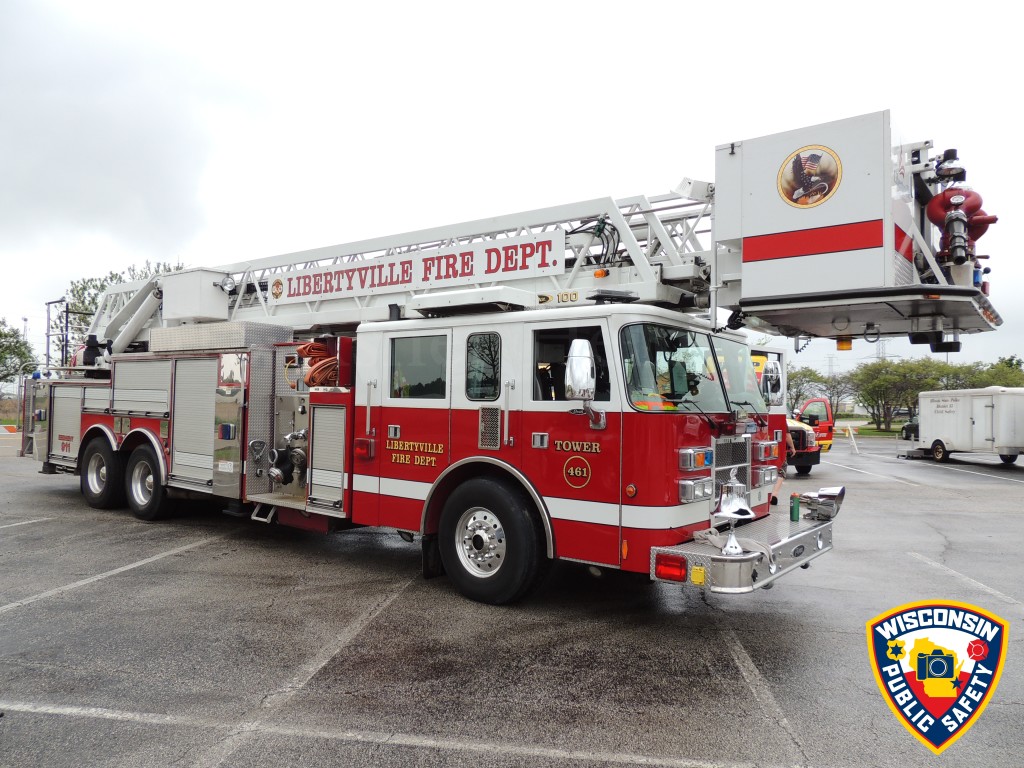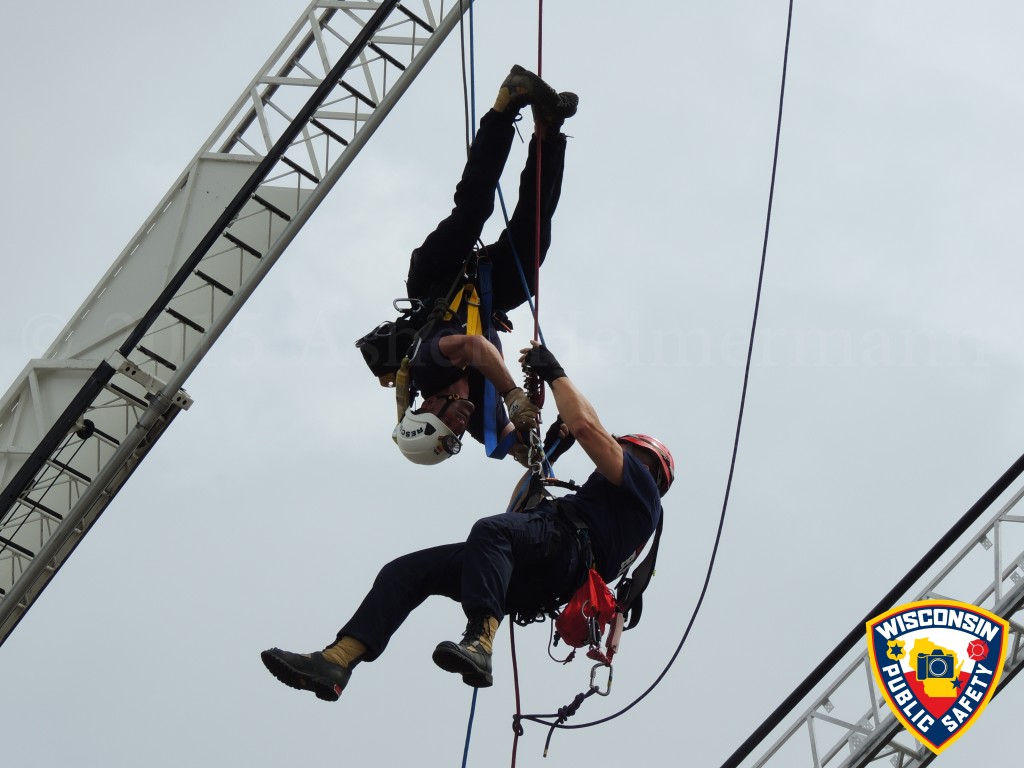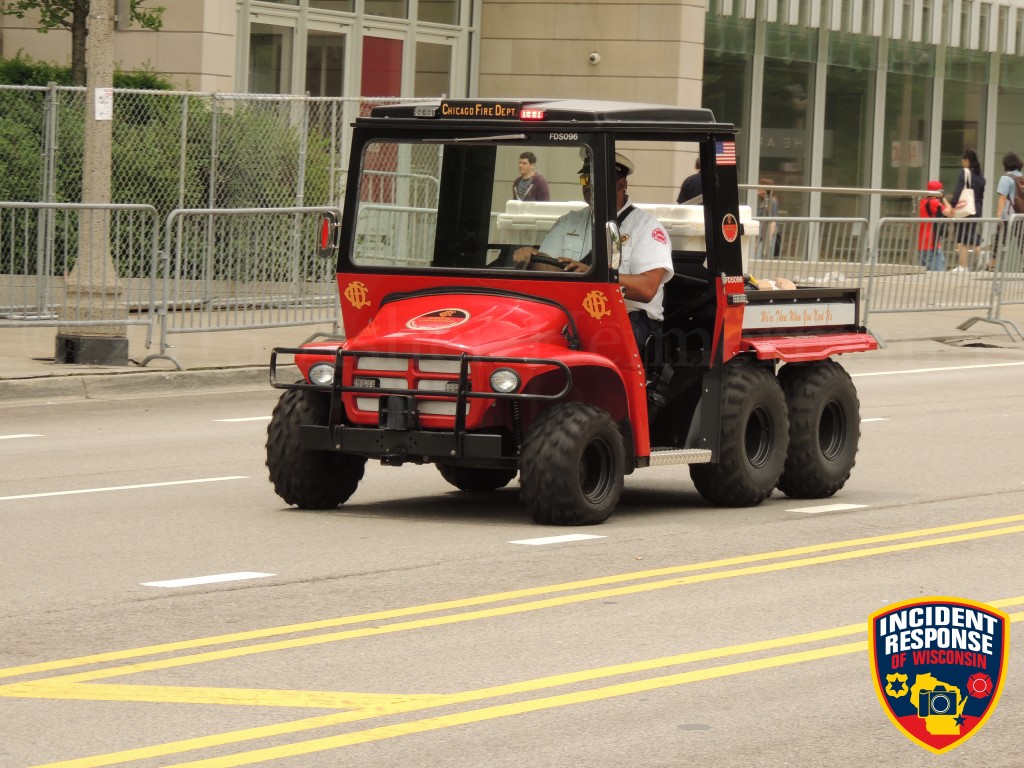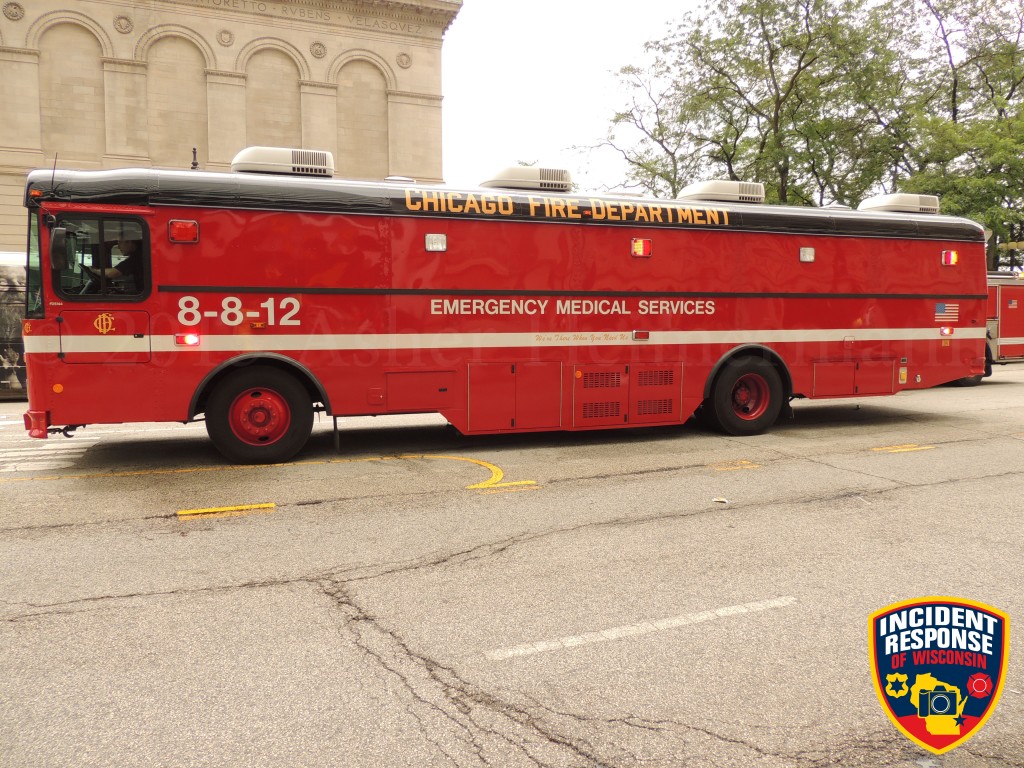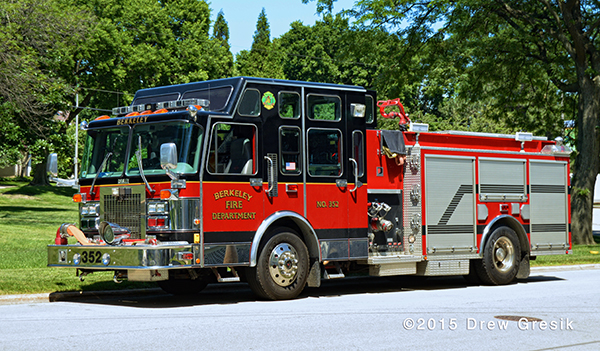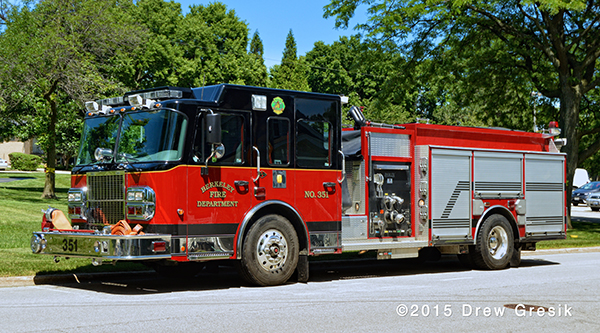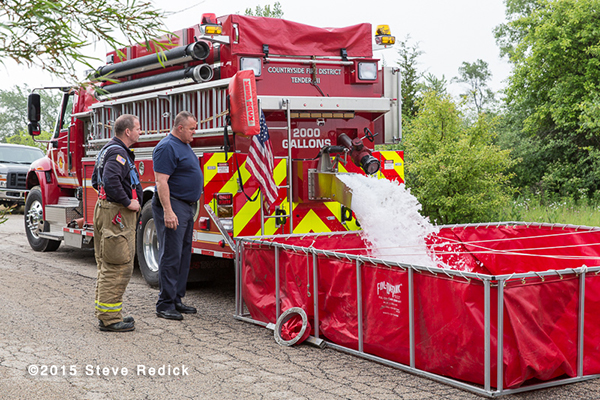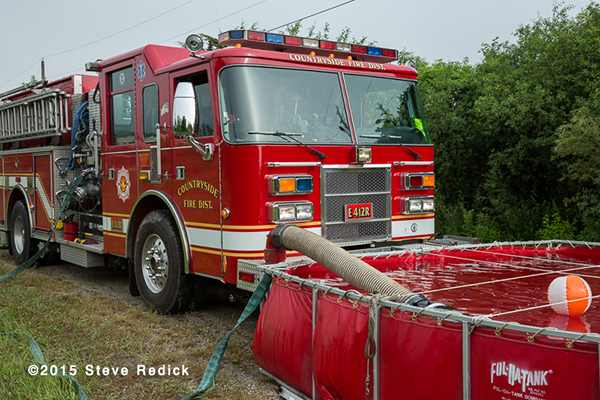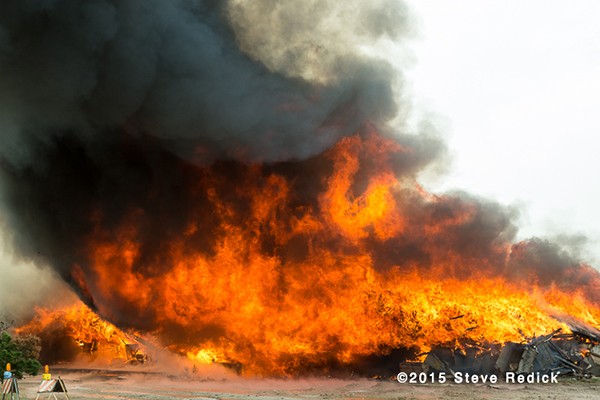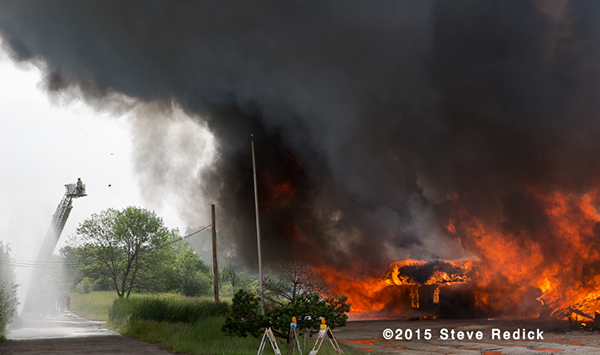This from Niko Stefani:
Today I attended the annual Chicago Fire Department Swap Meet and Engine Rally! Had a good time meeting up with a few friends and taking some apparatus shots! Here are some of my photos.

Niko Stefani photo
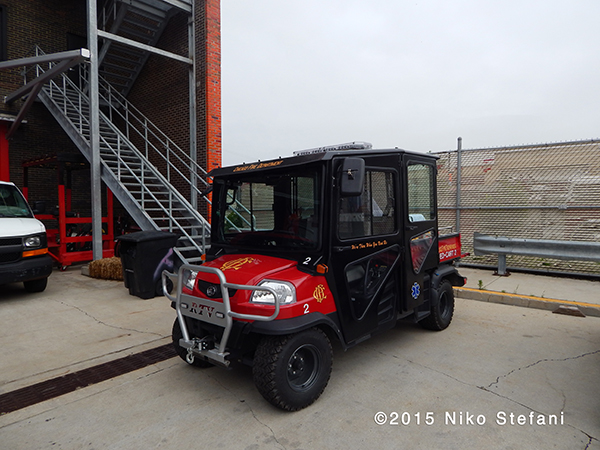
Niko Stefani photo
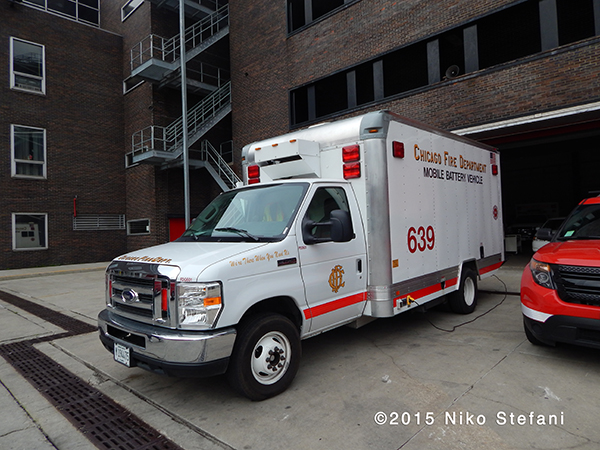
Niko Stefani photo

Niko Stefani photo

Niko Stefani photo

Niko Stefani photo
This from Larry Shapiro:
Here’s a shot of the Ahrens Fox pumping at the muster.
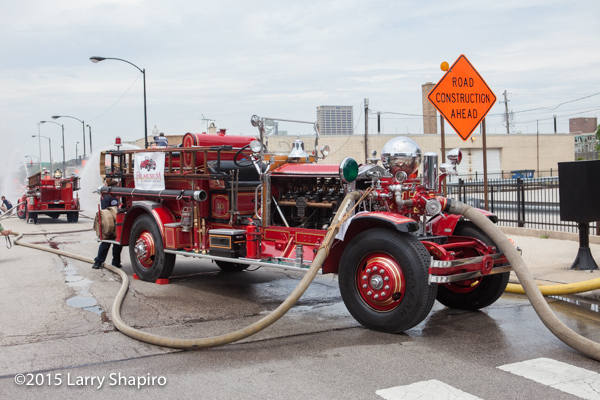
Larry Shapiro photo

